Executives from top gym brands don’t see strength training’s newfound popularity going away anytime soon. They’re also getting creative about using technology and AI inside the four walls
High-value, low-price (HVLP) gyms are on top of the fitness world right now, winning new members, expanding across the country at a rapid clip and reportedly scoring billion-dollar valuations.
But the industry’s leading HVLP gym brands aren’t resting on their laurels – they’re looking for new ways to innovate.
During an ATN Innovation Summit 2025 conversation moderated by ALTA Technology Group’s Tara Levitt, Eos Fitness chief operating officer Richard Idgar, Chuze Fitness co-founder and chief operating officer Nicholas Barshick, and CR Fitness CEO Tony Scrimale shared their predictions for the future of the red-hot HVLP gym industry.
ATN breaks down some key takeaways from their discussion:
Members Love Coming to the Gym, Especially for Strength Training
The days of low-price gyms being “membership mills” – where people signed up but rarely actually showed up – are over.
Fueled by Gen Z’s appetite for fitness, HVLP operators are now facing the opposite challenge: gyms are becoming too crowded.
“Our members share most that overcrowding is actually the largest concern,” said Idgar, whose EoS Fitness has grown from less than 20 locations to over 125 in the past decade. “Our boxes have grown. … we’ve increased by almost 10,000 square feet from the time that we started.”
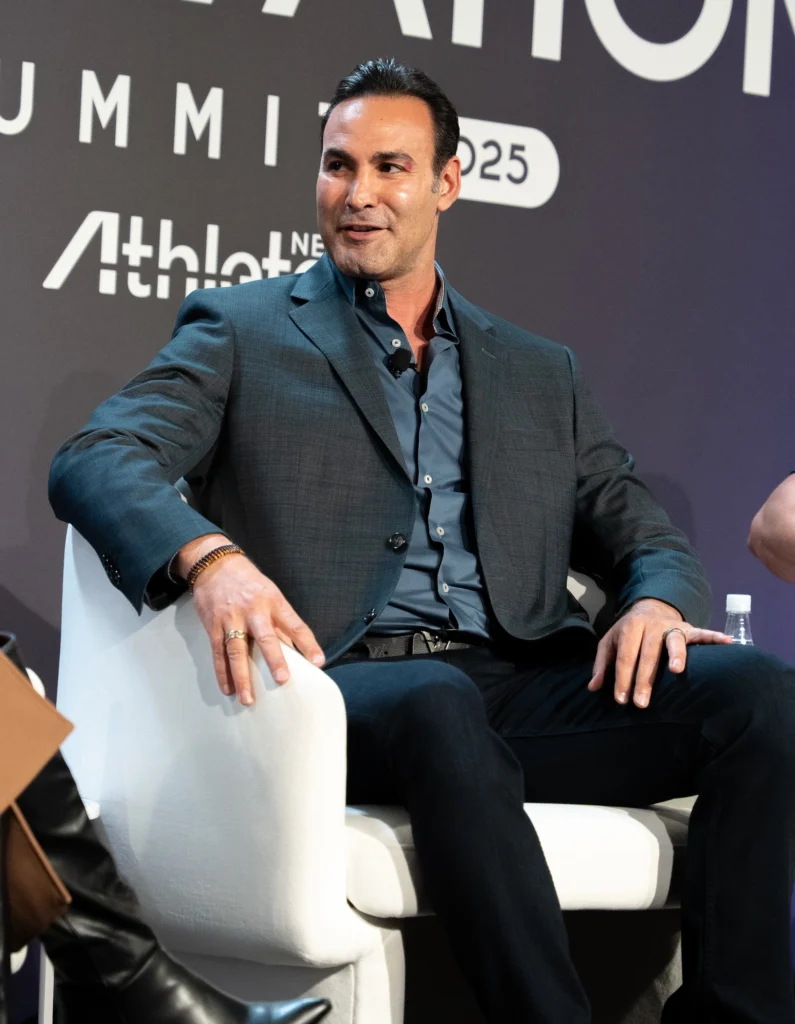
Barshick echoed that concern, noting that Chuze Fitness has taken deliberate steps to ease crowding.
“Our number one source of detractor sentiment is crowds,” Barshick said.
To help address overcrowding, Chuze created the “Lift Lab,” a premium, access-controlled space outfitted with Olympic lifting platforms, kettlebells, plyo boxes and other top-tier strength equipment.
“One way that we can help offset (overcrowding) is create … a pay-gated, specialty workout area that our members can trade up to have access to,” Barshick said.
The move also underscores the growing popularity of strength training among gyms in general, with operators at all price points adding weightlifting equipment en masse. Among HVLPs, Planet Fitness has made a notable push to market its new strength training equipment. Meanwhile, Chuze is now “more loud and proud about the fact that we offer a comprehensive strength offering,” Barshick said.
Influencers Are Welcome Inside Gyms, But Not in Every Area
HVLPs are also taking steps to welcome fitness influencers inside their gyms while still protecting member privacy.
CR Fitness, which operates over 80 Crunch Fitness locations, is embracing influencer culture as a brand amplifier within its gyms.
Social media influencers “want to be front and center,” Scrimale said. “As my daughter says, they want to be under the lighting where it’s aesthetically pleasing. They want to take their pictures.”
“We are doing things to make sure that no matter where the lights are, or backlit mirrors, that there’s a Crunch logo for branding purposes,” he added.
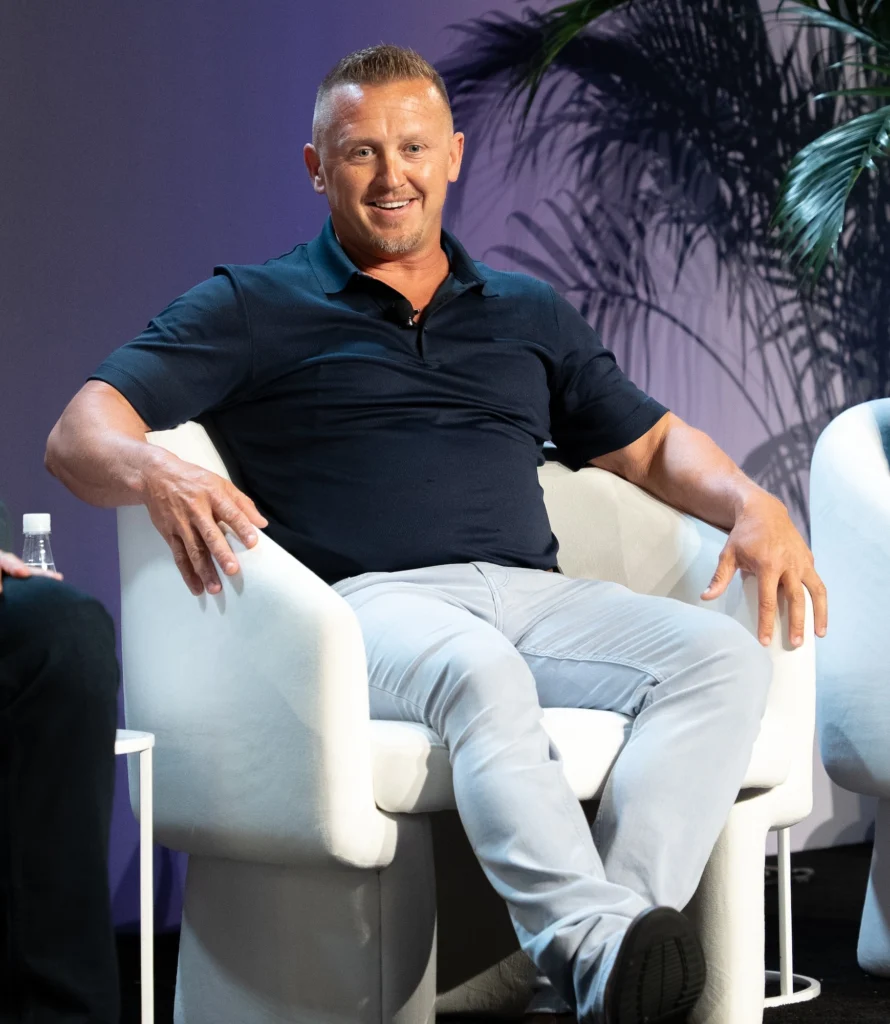
Still, operators must ensure they accommodate all members. Scrimale emphasized the importance of maintaining safe spaces for those who prefer not to be filmed.
Along those lines, EoS Fitness has created “The Set,” a private space within its clubs that’s dedicated specifically to filming content.
“That’s just an example of innovation and really carving out the space in a different way and thinking about it differently, where we still want that marketing opportunity,” Idgar said. “We want influencers in the gym.”
The Set has the double benefit of accommodating content creators while minimizing awkward run-ins between staffers and members who prefer not to be caught on camera.
“The conversation about policing (filming) behavior is way different, on both sides,” Idgar noted.
Tech Will Change the In-Gym Experience
Looking ahead, HVLP operators are exploring ways to make tech a bigger part of the in-gym experience for members, along with adding more wellness and recovery options. Barshick said Chuze is exploring implementing a system that would allow members to do things like pre-order a smoothie on their app to pick up after class, as one example.
“We’re probably losing a lot of sales because we don’t yet have that technology,” he said. “So I’m really excited to see that.”
But Chuze’s tech ambitions go well beyond drink orders. Barshick said the California-based gym operator, which has over 50 locations across the U.S., is hoping to add GPT-style AI tools to give members personalized workout advice.
“It would be amazing if we could get a GPT integrated into our app that is trained on our club layout and knows exactly what equipment we offer,” he said. “And then you’ve got a new member that’s joining in the app, and they’re like, ‘Yeah, I love 5ks and I want to put on five pounds of muscle: give me a workout program and a nutrition plan.’”
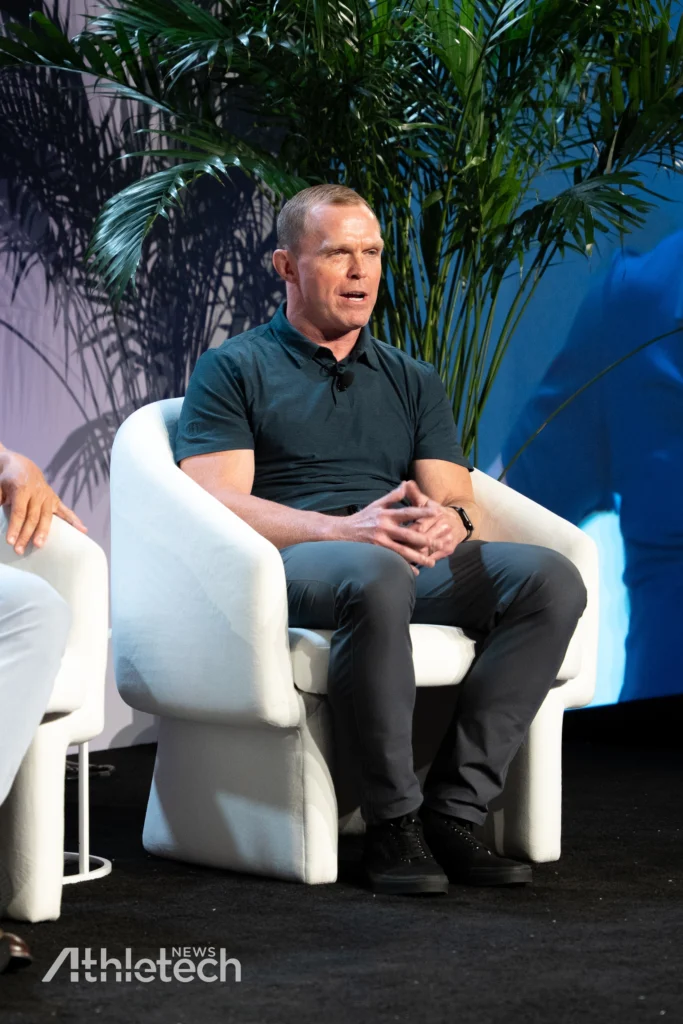
Crunch’s biggest franchise operator is also looking to add more tech to its clubs.
“I would like to see more gamification,” CR Fitness’ Scrimale said. “When you have big member bases like we have, the ability to compete against other members … I really hope that someone out there comes out with a platform or something so whenever they walk in, there’s a whole ‘workout of the day’ … or the ‘highest benchpress of the day.’”
Such a platform might already exist, courtesy of fit tech giant EGYM.
Idgar noted that EoS uses EGYM’s line of strength training equipment inside its clubs, which offers gamification features.
“That is very appealing to a lot of demographics in our gyms, where there is a leaderboard, and they’re competing, not only monthly, but daily, against themselves and then other members, even other gyms,” Idgar said of how EoS is leveraging EGYM.
This article is based on a live discussion held during the ATN Innovation Summit 2025, a two-day event dedicated to the future of fitness and wellness. See here for More Innovation Summit coverage.

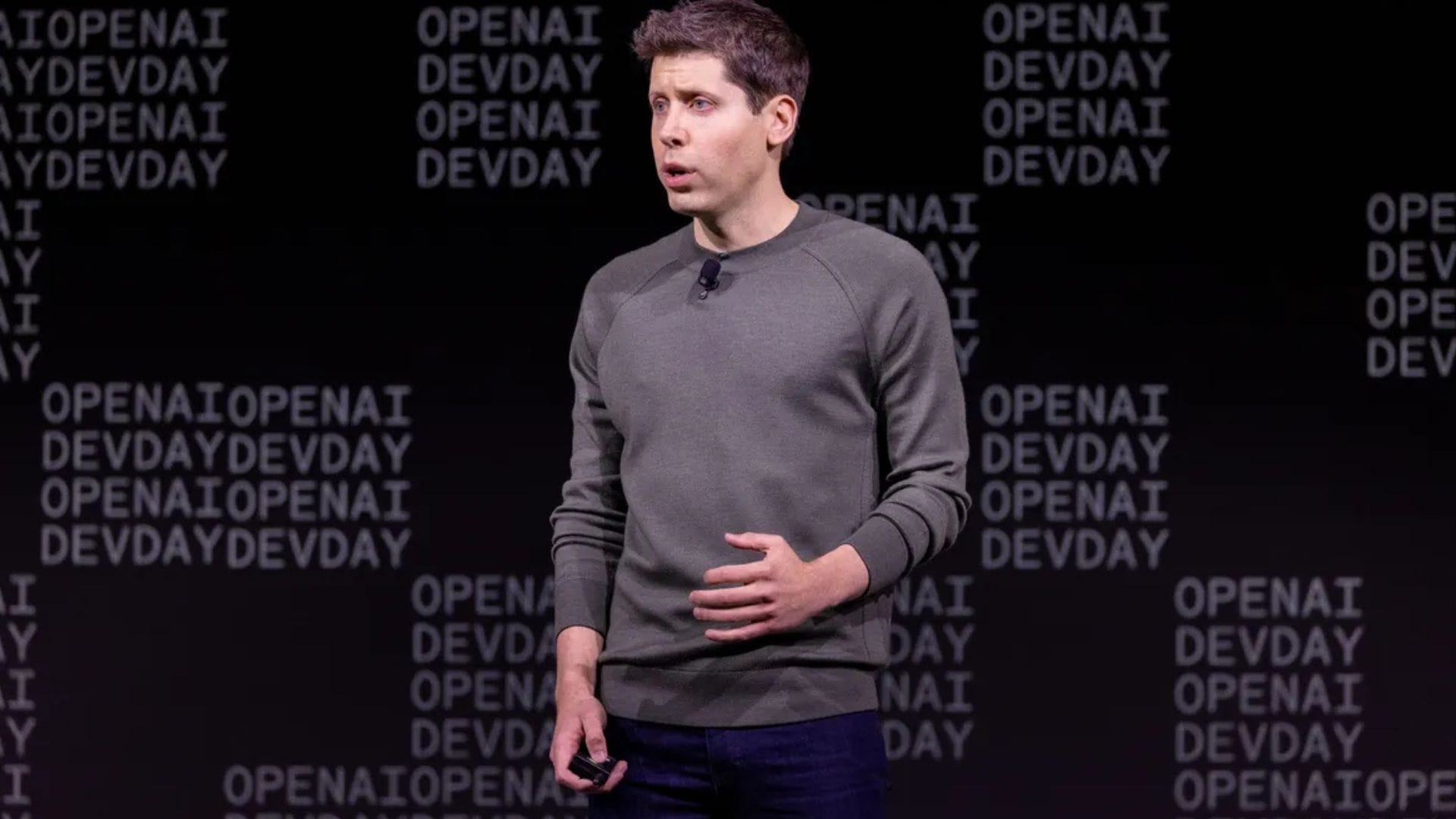





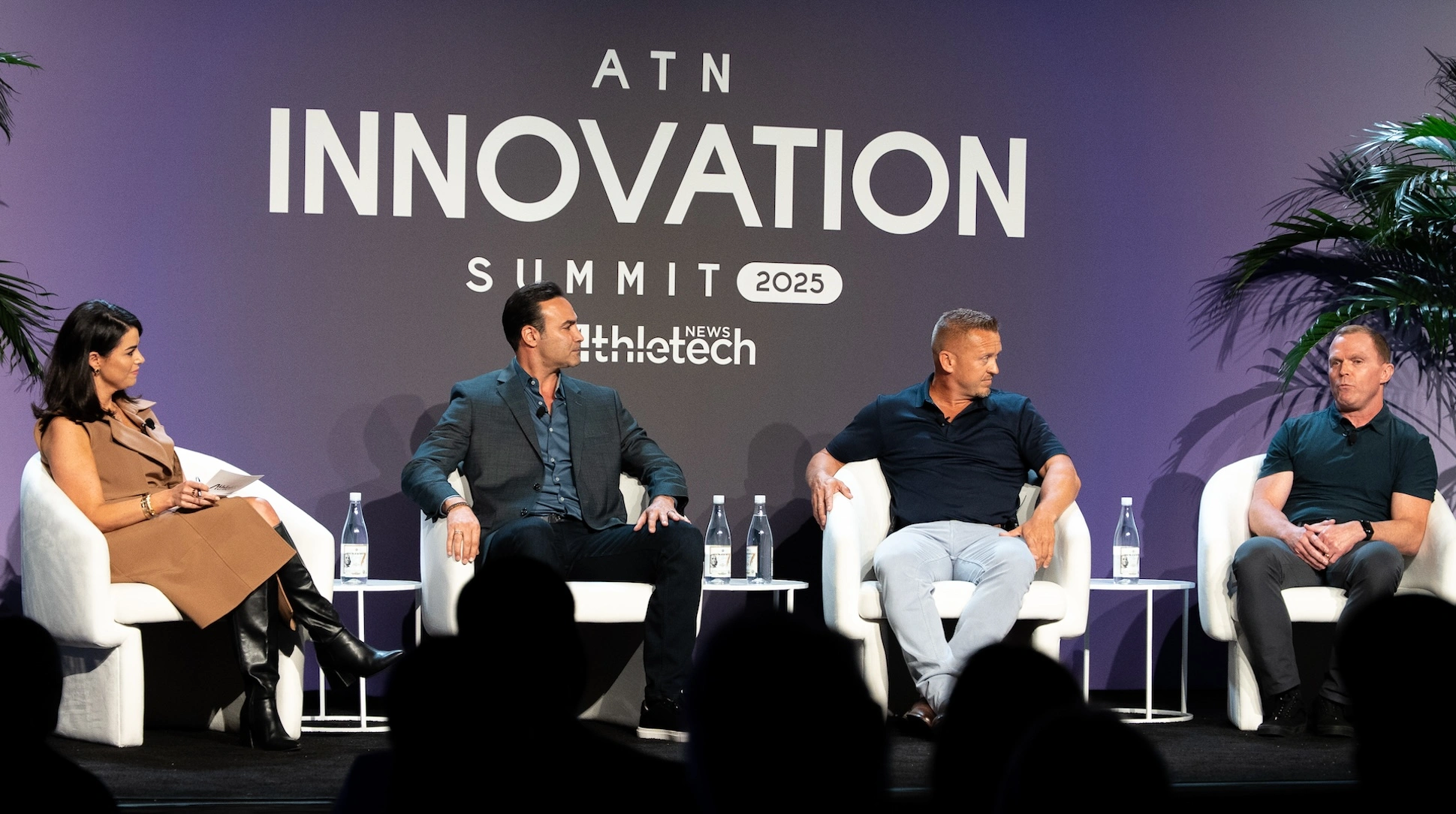




 www.screenmybones.com
www.screenmybones.com














































 BREAKING: NBA MVP Shai Gilgeous-Alexander signs the RICHEST annual salary in league history
BREAKING: NBA MVP Shai Gilgeous-Alexander signs the RICHEST annual salary in league history
